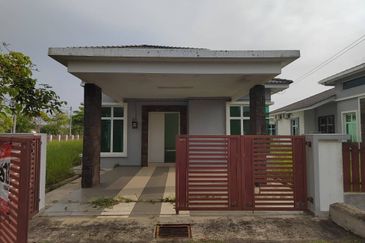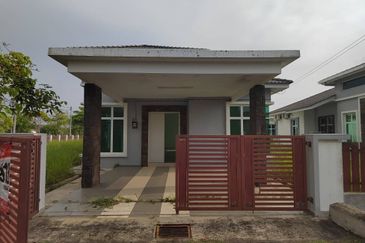
The latest data from the Statistics Department shows that the inflation, as measured by the Consumer Price Index (CPI), eased further to 1.1% y-o-y in July from 1.6% y-o-y in June. The reading came in slightly below consensus expectations of a 1.2% increase.
CPI for the January-to-July 2016 period rose 2.4% from a year earlier, led by increases in food and non-alcoholic beverages (4.3%) and housing, water, electricity, gas and other fuels (2.7%). On a month-on-month basis, the index rose 0.3% compared with a 0.2% increase in June.
Meanwhile, the slowdown in July inflation was led by lower readings for food and non-alcoholic beverages, which dropped to 3.8% y-o-y in July from 4.2% y-o-y in June, and transport that fell to 9.9% y-o-y in July from 8.5% y-o-y in June.
Other than food and non-alcoholic drinks, which accounted for nearly one-third of the CPI composition, liquor and tobacco prices were the major group that recorded increases in July.
“This is quite worrisome for us because that means effective demand is not working quite well to push the economy. If it is prolonged, it is not a good indication for our economy,” Malaysian Institute of Economic Research executive director Dr Zakariah Abdul Rashid (pictured) told The Edge Financial Daily.
He explained that the gap between headline inflation and food and non-alcoholic beverages remained high, and that the drop in food prices was not expected, and now its reading is even triple that of the headline inflation.
Zakariah opined that Malaysia may be heading into deflation like some developed countries, where governments need to have negative interest rates to encourage spending.
MIDF Research concurred that there are signs of more deterioration in domestic demand as reflected by lower prices of housing rental and food away from home. Indices for housing rental and food away from home fell to 1.9% and 2.5% in July, from 2.6% and 3.6% in June, respectively.
MIDF Research pointed out that the fall in prices of housing rental and food away from home for the first time in three years was one of the major surprises, and this could suggest a worsening consumer finances, forcing consumers to cut their spending on eating out.
“It is true that soft domestic demand translated into low inflation rate, but the good thing is that food inflation came off from the first quarter,” said RHB Research’s economist Vincent Loo Yeong Hong.
He envisaged the headline inflation rate to remain manageable at 2% to 2.5% level for this year, compared with 2.1% last year.
“As a whole, price pressure is softening after hitting a seven-year high in February, on the back of tepid domestic demand while the impact from the goods and services tax is fading,” he added.
Loo believes that the downturn of the property sector and elevated household debt will likely put a cap on inflation pressure moving forward. “These are, however, expected to be offset somewhat by the adjustments in administered prices and higher prices of imported goods due to the weak ringgit exchange rate.”
This article first appeared in The Edge Financial Daily, on Aug 25, 2016. Subscribe to The Edge Financial Daily here.
TOP PICKS BY EDGEPROP

Bandar Puncak Alam
Bandar Puncak Alam, Selangor

Taman Amanputra, Puchong South
Puchong South, Selangor

Krystal Point Commercial Centre
Sungai Nibong, Penang

Taman Perindustrian Ringan Juru @ IKS Juru
Simpang Ampat, Penang

Taman Perindustrian Batu Kawan
Batu Kawan, Penang

Permatang Tinggi Light Industrial Park
Bukit Mertajam, Penang

The Parque Residence @ Eco Santuary
Telok Panglima Garang, Selangor


















